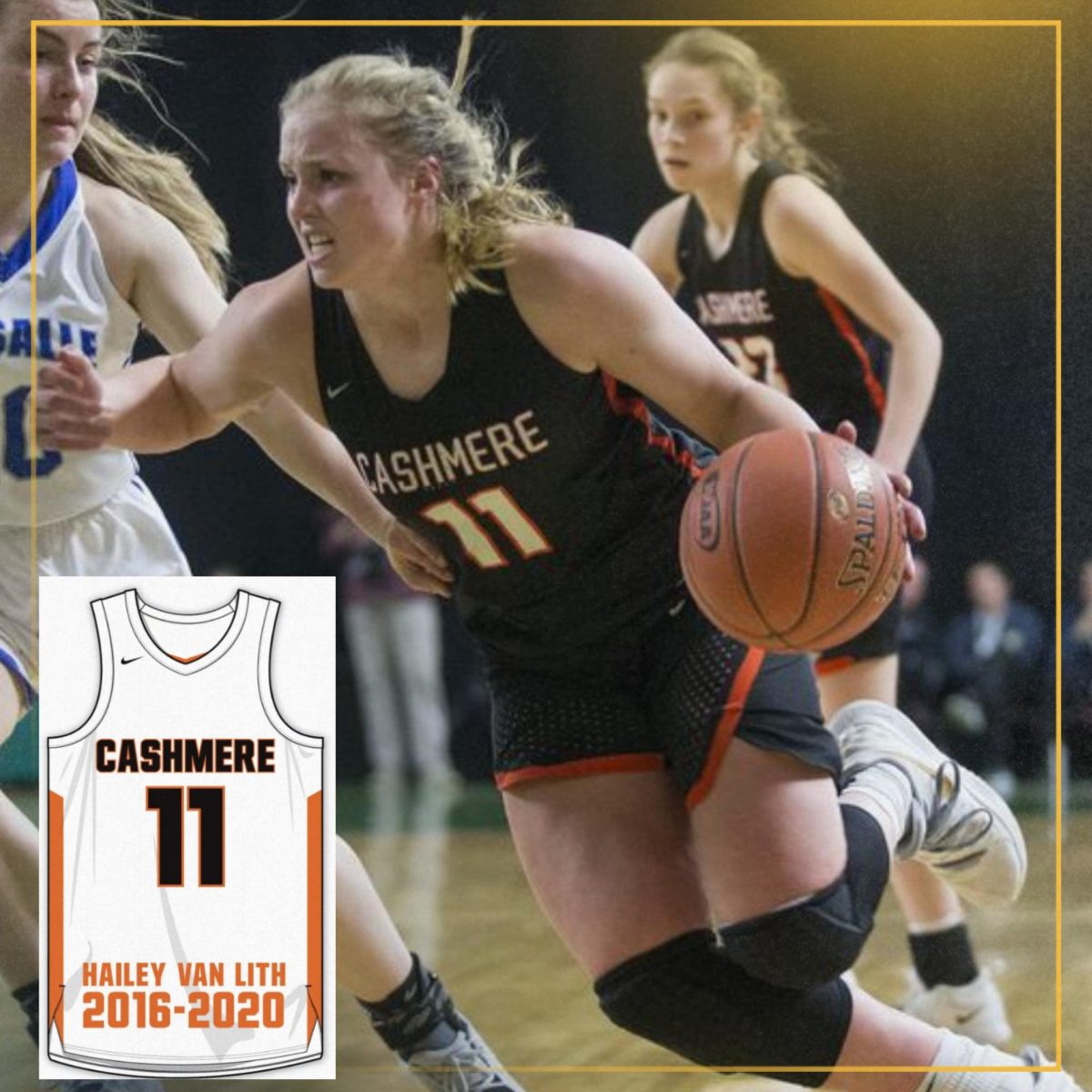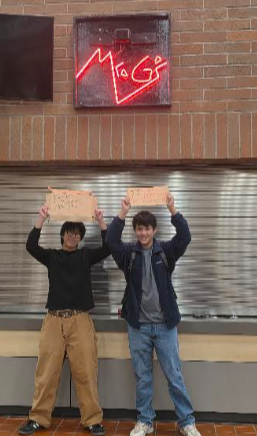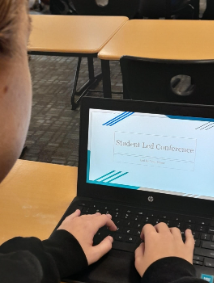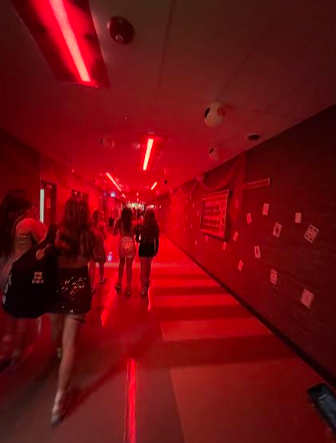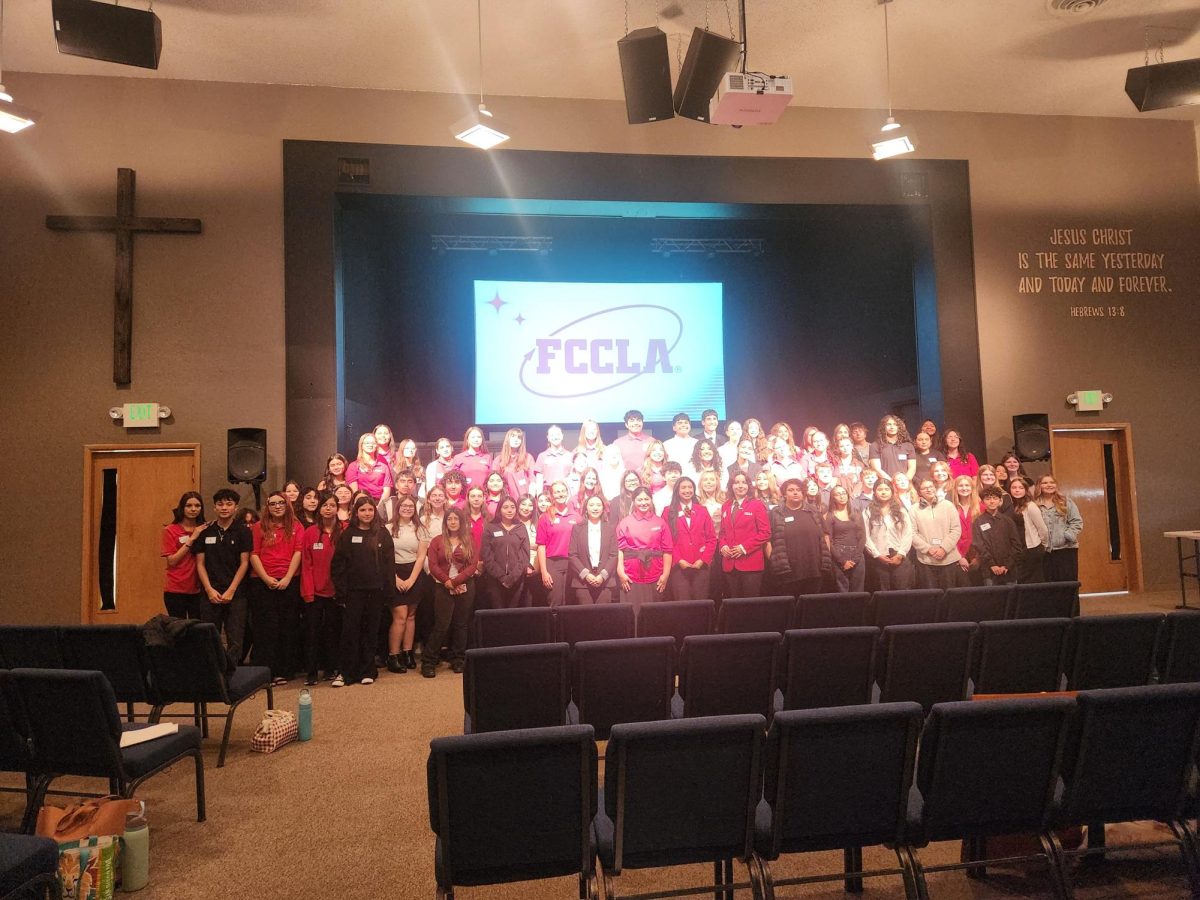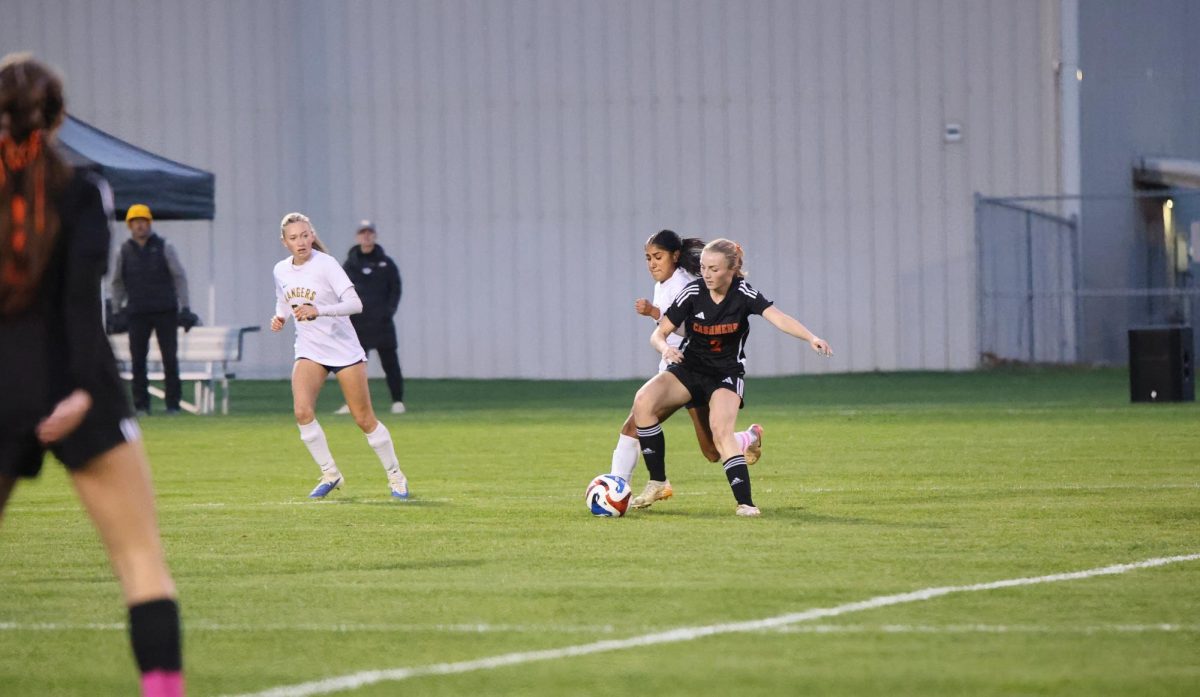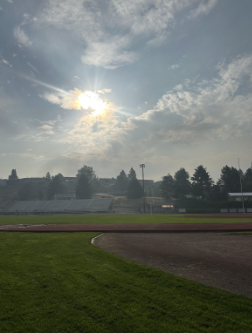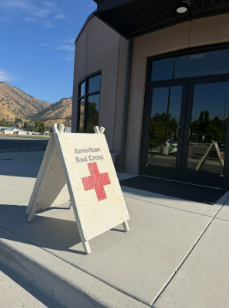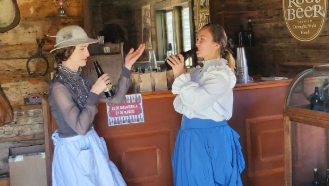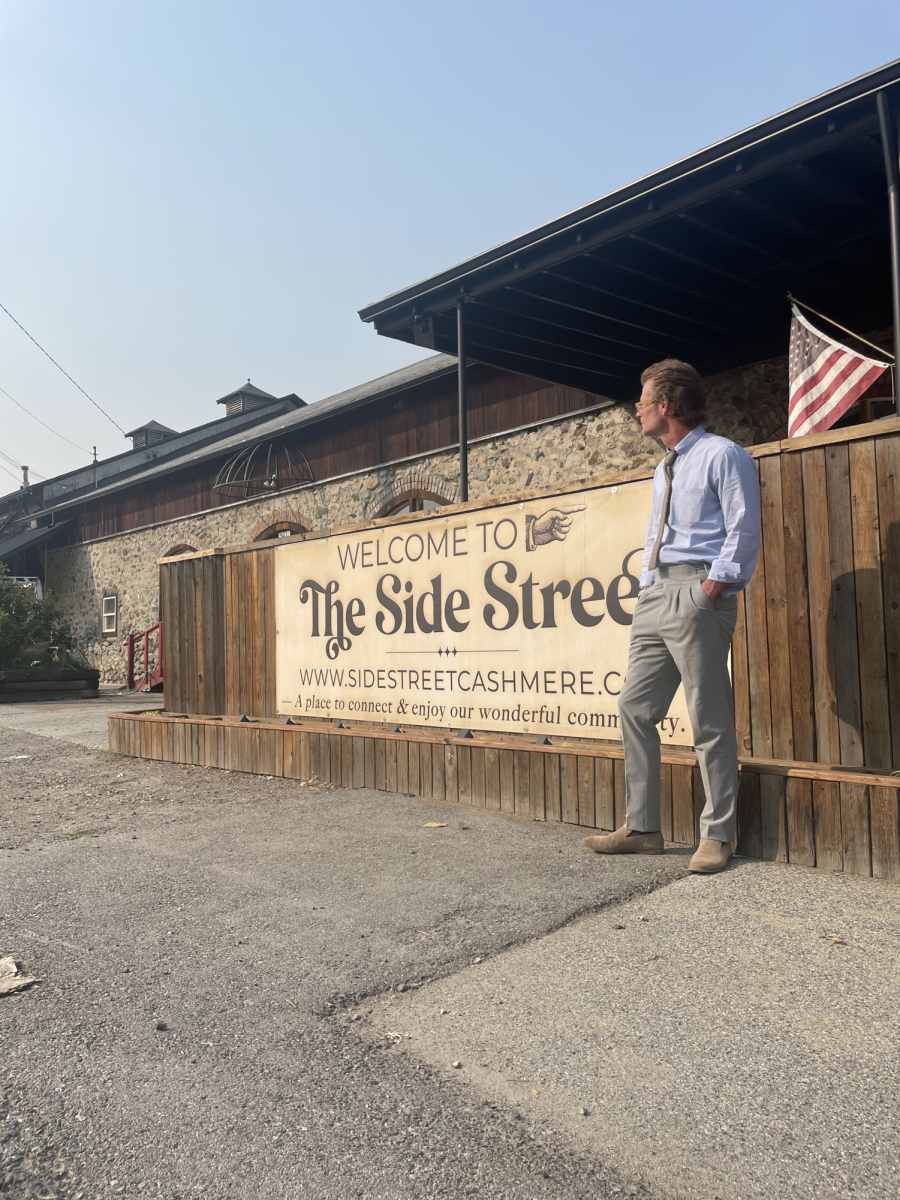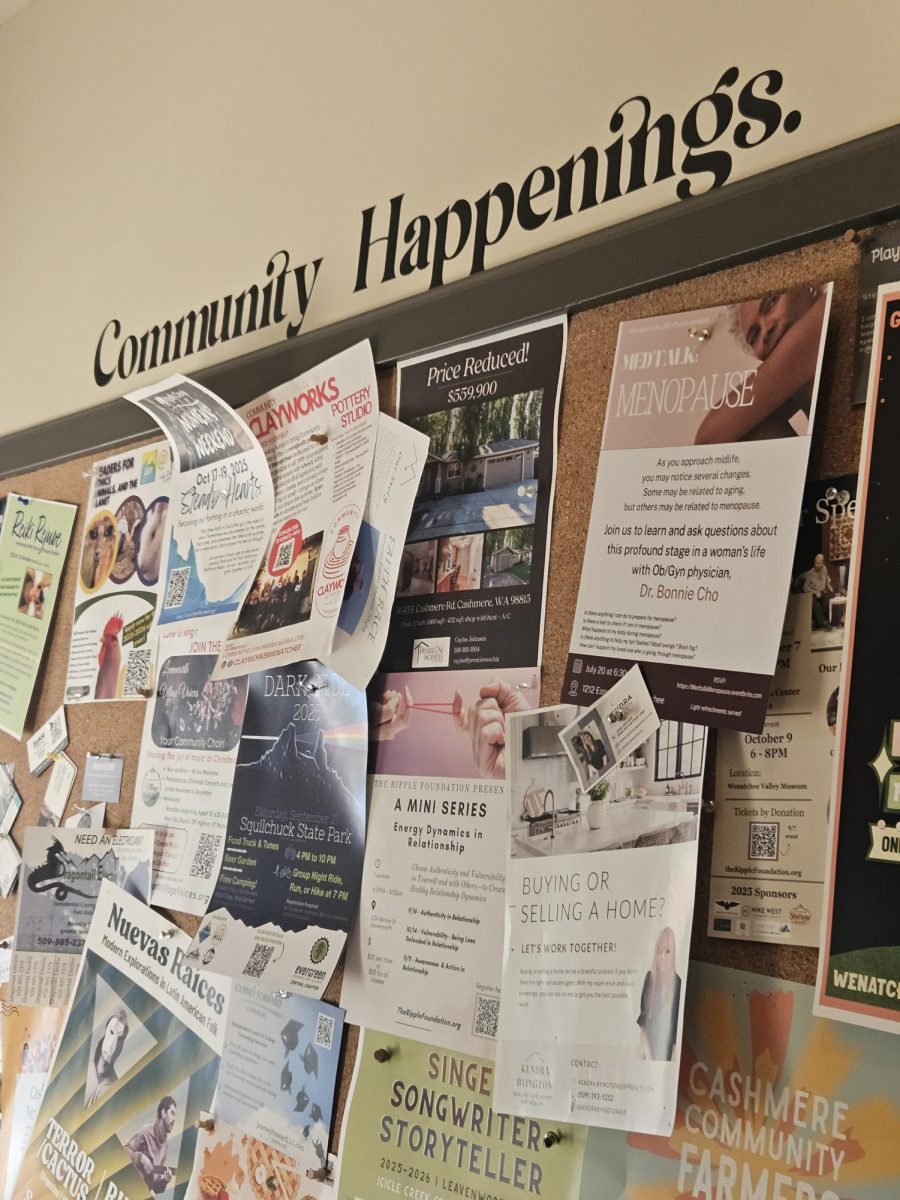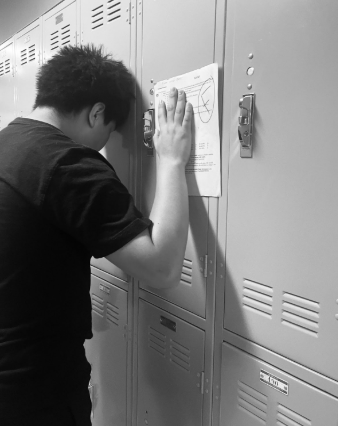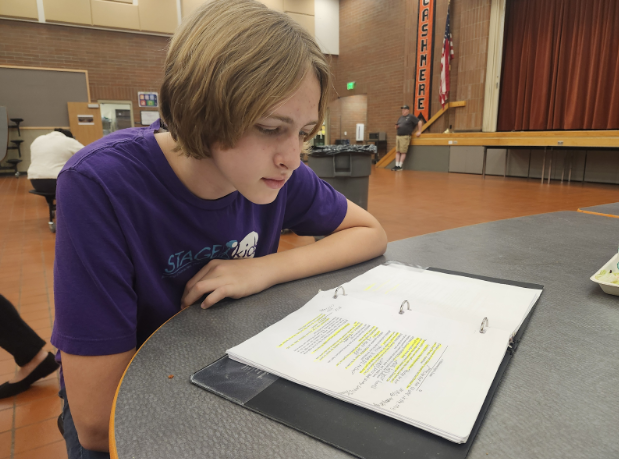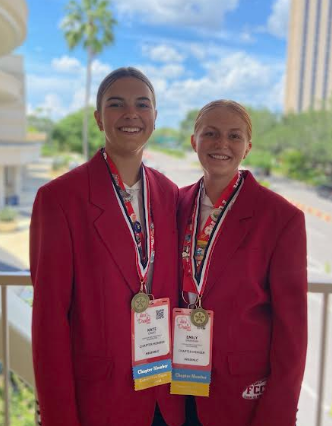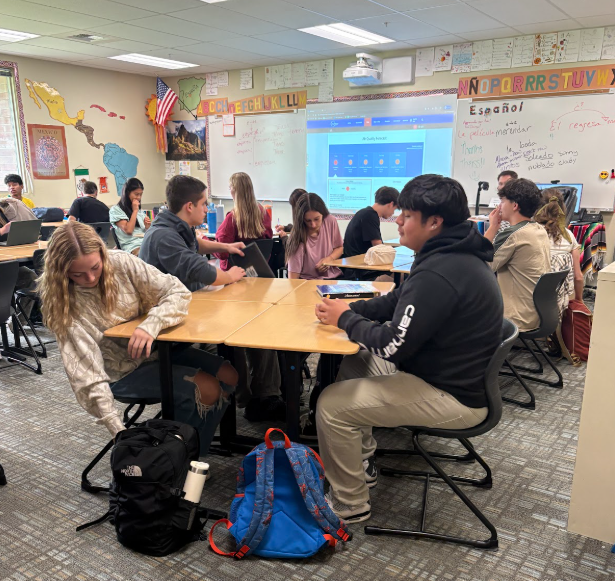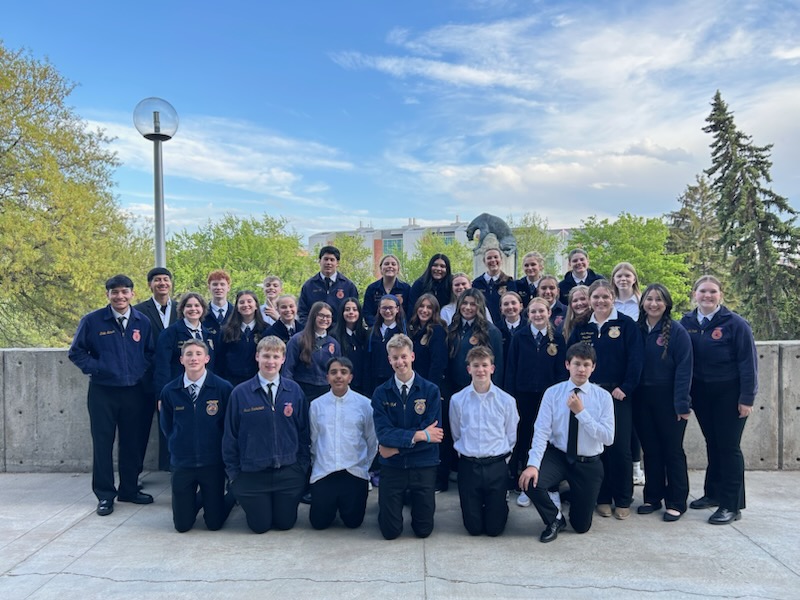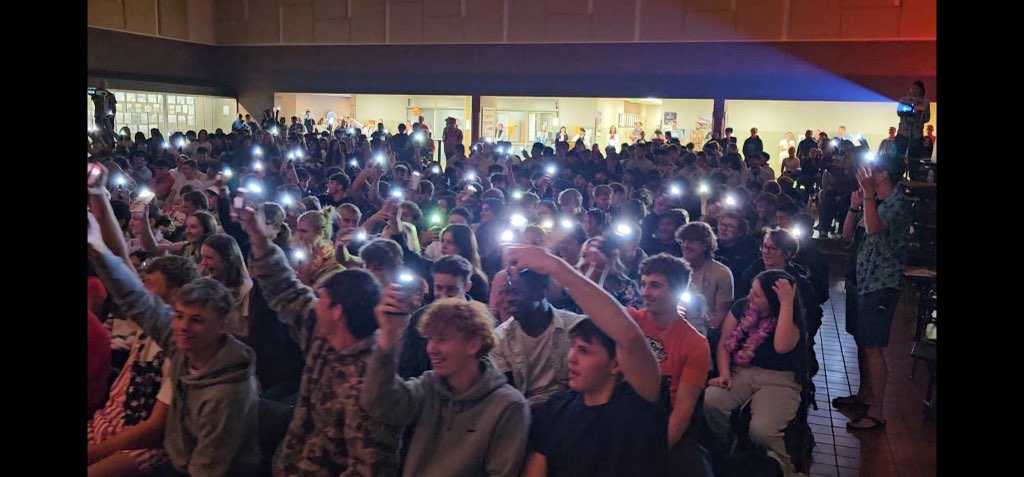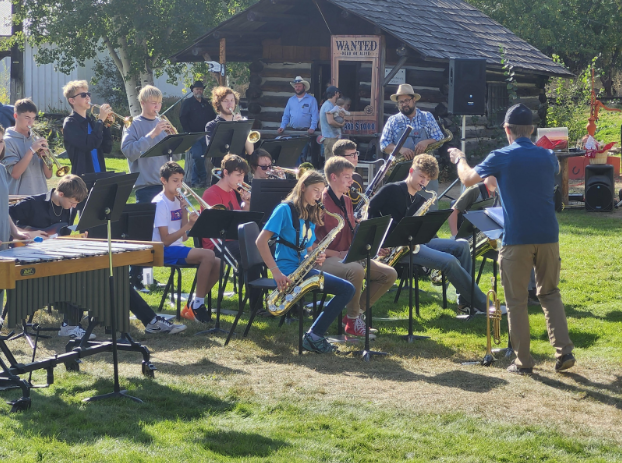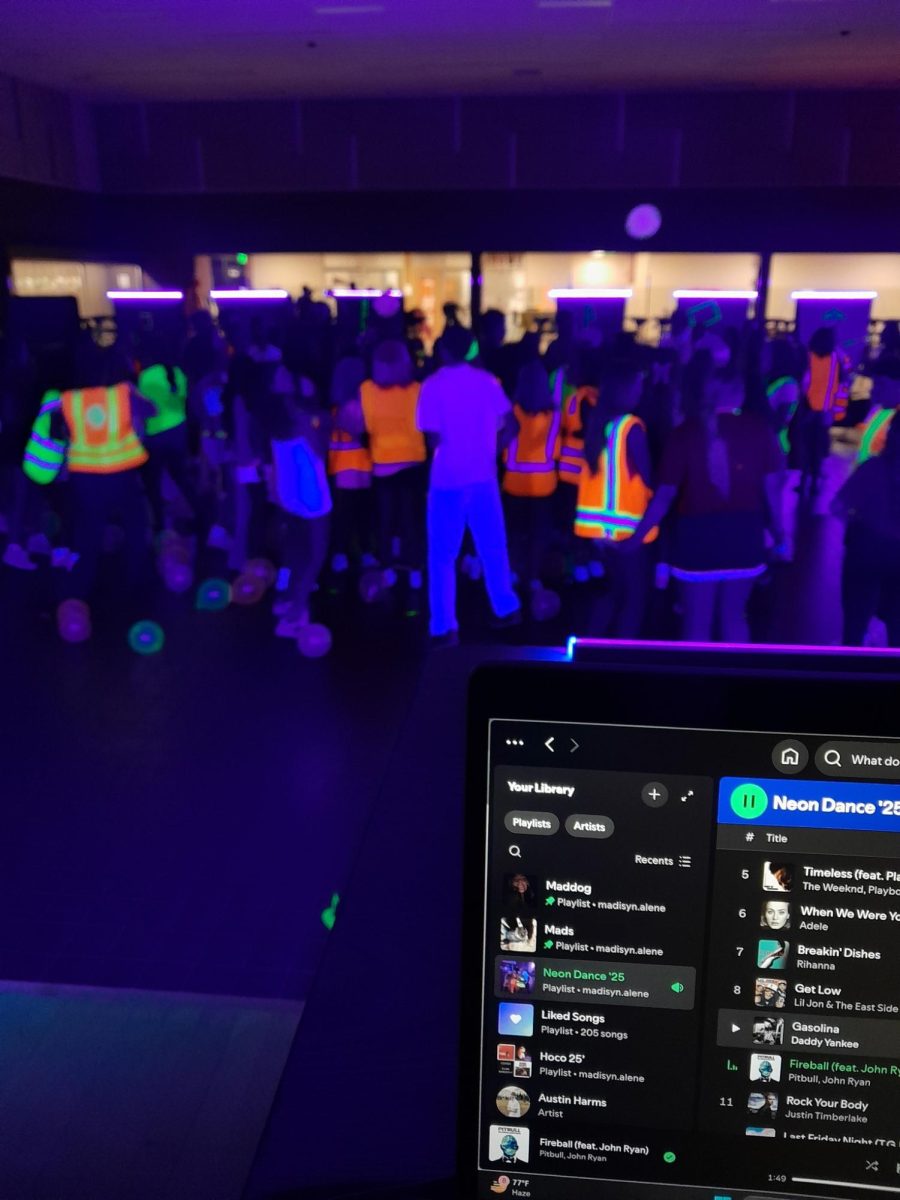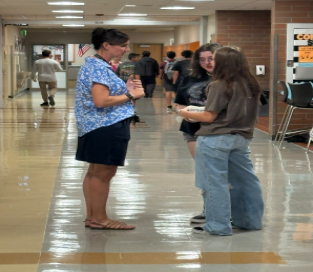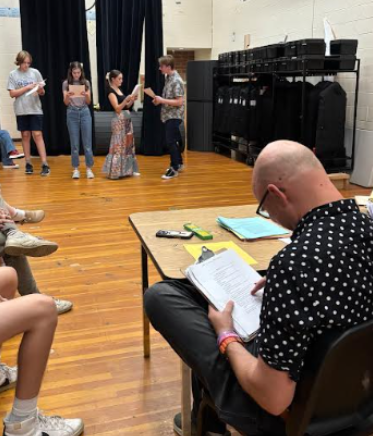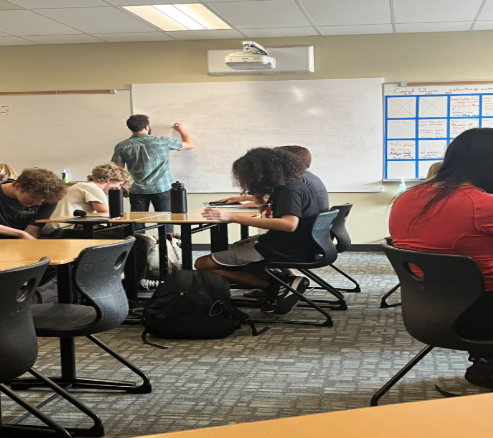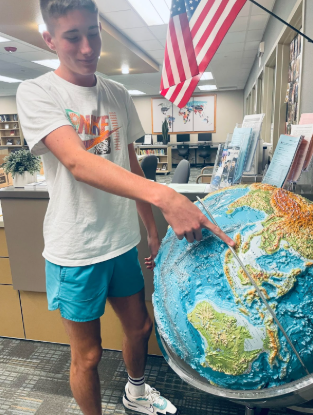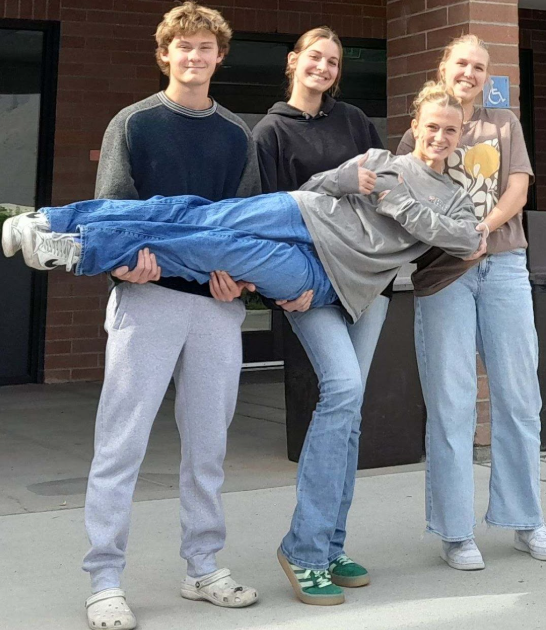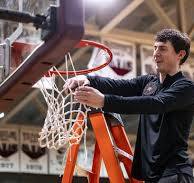Homecoming, football games, and pep assemblies are all a huge part of American high school culture. Students look forward to spirit weeks, school rivalries, and Friday Night Lights. But not every school around the world shares those same traditions. Junior Jacoby Yousey and Spanish teacher Mrs. Yousey know that firsthand after spending years at an international school in London. Both of them shared their thoughts about how school life there compares to what students experience at Cashmere High School.
Even though both schools had a lot in common, there were also big differences, especially when it comes to academics, sports, and student culture. One thing that came up in both interviews is that school in London is much more challenging academically.
Jacoby explained that when he lived in London, he attended a private school, which meant high expectations and a tough workload. He said the teachers there expected a lot from their students. “It was academically harder,” he said. “The teachers had really high standards, and they expected you to do well on everything.” He described how getting anything less than an A wasn’t seen as acceptable, and that it pushed everyone to study harder.
While the academic pressure was high, Jacoby said that the size of the school was about the same as Cashmere High School, so it still felt familiar in some ways. He said the main difference was the attitude of students. In London, he said, almost every student was focused on their work and tried their best in class. “Over there, everyone was working hard,” Jacoby said. “Here, you’ll see some people who don’t really want to work, while others do.” He wasn’t saying one was better than the other, but he noticed that London students treated school more like a job, while in the U.S., students balance work with social life and sports.
When it came to athletics, Jacoby said sports were much less competitive in London. Baseball, for example, wasn’t taken seriously at all. “Baseball was kind of a joke,” he said, laughing. “But basketball was decent.” He mentioned that while the sports culture in America is a big deal with pep rallies, cheering crowds, and rival games, schools in London didn’t really have that kind of school spirit. Sports were more for fun or exercise rather than competition.
School lunch was another difference. Jacoby admitted he hasn’t tried the lunch at Cashmere yet, but said that his school lunches in London were actually pretty good. That surprised him since many people assume school lunches in the U.S. are better, but he thought the quality in London was solid.
When asked what would surprise a Cashmere High student about going to school in London, Jacoby said most students here would probably be shocked by how demanding it was. “It was pretty challenging,” he said. “Teachers had very high standards, and your classmates were serious about grades. If you didn’t do well, it stood out.”
While Jacoby experienced London from a student’s point of view, his mother, Mrs. Yousey, had her own perspective as a teacher. She taught Spanish at an international school and said that adjusting to teaching back in the U.S. took time.
“The hardest adjustment was adapting to the new curriculum,” she explained. Each school structures their classes differently, and figuring out what materials work best for students takes effort. She said that even though both schools followed an American-style curriculum, there were still noticeable differences in how subjects were taught.
One major difference she noticed was how early students in London started learning foreign languages. At her school, students often began Spanish classes in elementary school. If they didn’t start then, they began by middle school. Because of that, many ninth graders entered high school already taking Spanish 3. “Their curriculum is a lot more dense,” she said. “They learn a lot more, a lot faster.”
Mrs. Yousey also mentioned that the teaching style in London was different from what she does now. There, teachers focused on something called a proficiency-based curriculum, which means most of the lessons were done completely in the target language. Students were expected to think, listen, and respond in Spanish rather than translate everything into English. They also used authentic materials like news articles, books, and videos from Spanish-speaking countries. “Here, we do a lot more translation,” she said, “but there, it’s more about using the language naturally.”
Even with the differences, Mrs. Yousey said she enjoyed teaching in both places. She said that her favorite part about working in London was the diversity of the students and staff. “I enjoyed working with my colleagues in both places,” she said. “And I enjoy working with the students in both places too.” Mrs Yousey explained that teaching school internationally made her look at things differently and she got to see different cultures which she said made her a better teacher overall. When Mrs Yousey was talking about the differences between teaching London and cashmere Mrs Yousey said it kinda came down to the environment and the kids she worked with. The school in London was a private school which she said “most of the families were wealthy” Some students were kids of celebrities and big CEOs so because of that the expectations of the parents were kinda demanding. Here in cashmere she said things were more down to earth. She said everyone here seems kind, genuine and hardworking. She said students in both places cared about learning , but the atmosphere in cashmere feels more like a community. She also stated that school in London is more about academics but school in cashmere balances sports, academics and student life. “Students are students,” she said. In both places there are kids who work hard and there are kids who don’t really do as much.

